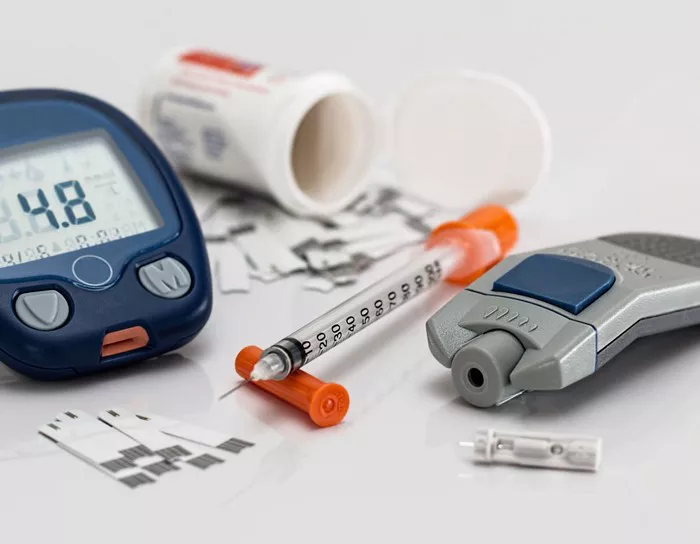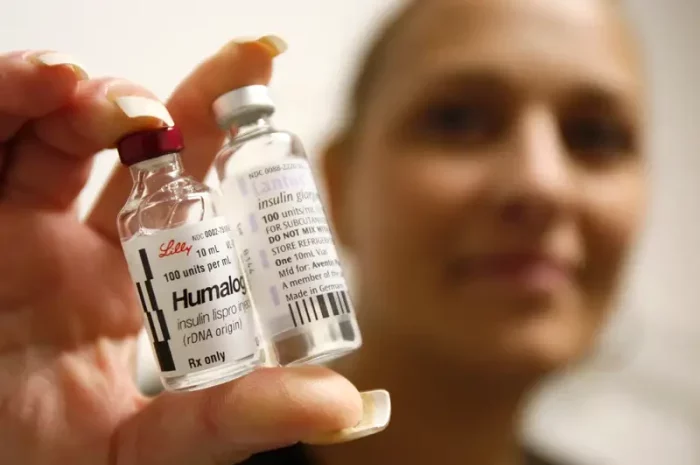Type 2 diabetes is a prevalent chronic condition characterized by insulin resistance and high blood glucose levels. Its development is influenced by a complex interplay of genetic, environmental, and lifestyle factors. Among these, certain triggers are particularly significant in the onset and progression of type 2 diabetes. This article explores the most common trigger for type 2 diabetes, emphasizing lifestyle factors and their impact on the disease’s development.
Understanding Type 2 Diabetes
Type 2 diabetes is a metabolic disorder where the body becomes resistant to insulin or fails to produce enough insulin to maintain normal glucose levels. This condition can lead to elevated blood sugar levels, which over time can cause serious health complications, including cardiovascular disease, neuropathy, nephropathy, and retinopathy.
Insulin Resistance
Insulin resistance occurs when cells in the body do not respond effectively to insulin, a hormone responsible for regulating blood glucose levels. As a result, glucose accumulates in the bloodstream, leading to hyperglycemia. The pancreas compensates by producing more insulin, but over time, it may become unable to keep up with the increased demand, leading to type 2 diabetes.
Risk Factors for Type 2 Diabetes
Several factors contribute to the risk of developing type 2 diabetes, including:
Genetic Predisposition: A family history of diabetes can increase susceptibility.
Age: Risk increases with age, particularly after 45.
Obesity: Excess body fat, especially around the abdomen, is a significant risk factor.
Physical Inactivity: A sedentary lifestyle contributes to weight gain and insulin resistance.
Diet: Poor dietary choices, including high intake of processed foods and sugars, can elevate risk.
Ethnicity: Certain ethnic groups, including African American, Hispanic, and Asian American populations, are at higher risk.
The Most Common Trigger: Obesity
Among the various triggers for type 2 diabetes, obesity stands out as the most common and significant factor. The relationship between obesity and type 2 diabetes is well-documented, with excess body fat playing a crucial role in the development of insulin resistance and subsequent glucose dysregulation.
Mechanisms of Obesity-Induced Insulin Resistance
Obesity contributes to insulin resistance through several mechanisms:
Adipose Tissue Dysfunction
Excessive fat accumulation, particularly visceral fat (fat stored around the organs), leads to the release of inflammatory cytokines and hormones that interfere with insulin action. These substances, including leptin, adiponectin, and resistin, contribute to chronic inflammation and insulin resistance.
Increased Free Fatty Acids
Elevated levels of free fatty acids in the blood, often associated with obesity, can impair insulin signaling pathways. High concentrations of free fatty acids can disrupt the function of insulin receptors on cells, leading to reduced glucose uptake and utilization.
Altered Hormonal Regulation
Obesity affects the production and function of hormones involved in glucose metabolism. For example, elevated levels of leptin, a hormone produced by adipose tissue, can lead to leptin resistance, which impairs the body’s ability to regulate appetite and energy expenditure. Additionally, changes in gut hormones, such as increased levels of ghrelin, can influence insulin sensitivity and glucose homeostasis.
The Impact of Abdominal Obesity
Abdominal obesity, characterized by excess fat around the waist and abdomen, is particularly linked to type 2 diabetes. This type of fat distribution is associated with a higher risk of insulin resistance and metabolic syndrome. Abdominal fat produces more pro-inflammatory cytokines and contributes to systemic inflammation, further exacerbating insulin resistance.
The Role of Diet in Obesity and Type 2 Diabetes
Diet plays a pivotal role in the development and management of obesity and type 2 diabetes. Poor dietary choices can lead to weight gain and increased risk of insulin resistance.
High-Calorie, Low-Nutrient Foods
Diets high in calories, especially from sources like sugary beverages, fast food, and processed snacks, contribute to weight gain and obesity. These foods are often low in essential nutrients and high in unhealthy fats and added sugars, which can negatively impact metabolic health.
Excessive Sugar and Refined Carbohydrates
Consumption of excessive amounts of sugar and refined carbohydrates, such as white bread, pastries, and sugary cereals, can lead to rapid spikes in blood glucose levels. Over time, this can impair insulin function and increase the risk of developing type 2 diabetes.
Low Fiber Intake
A diet low in dietary fiber can contribute to weight gain and insulin resistance. Fiber helps regulate blood sugar levels by slowing the absorption of glucose in the digestive tract and promoting satiety, which can aid in weight management.
Impact of Portion Sizes
Large portion sizes can lead to excessive calorie intake and weight gain. Mindful eating and portion control are essential for maintaining a healthy weight and reducing the risk of type 2 diabetes.
Physical Inactivity and Its Connection to Obesity and Type 2 Diabetes
Physical inactivity is a major contributor to obesity and insulin resistance. Regular physical activity helps regulate blood sugar levels, improve insulin sensitivity, and support weight management.
Effects of Sedentary Behavior
Sedentary behavior, such as prolonged sitting and lack of exercise, contributes to weight gain and decreases insulin sensitivity. Inactive individuals are at higher risk of developing obesity and type 2 diabetes compared to those who engage in regular physical activity.
Benefits of Exercise
Regular exercise, including aerobic activities (e.g., walking, running) and strength training, helps improve insulin sensitivity and support weight loss. Physical activity enhances glucose uptake by muscles, reduces abdominal fat, and improves overall metabolic health.
Preventing Obesity and Type 2 Diabetes
Addressing obesity and reducing the risk of type 2 diabetes involves a multifaceted approach that includes lifestyle modifications and behavioral changes.
Healthy Eating Habits
Adopting a balanced diet that emphasizes whole foods, including fruits, vegetables, whole grains, lean proteins, and healthy fats, is crucial for managing weight and reducing diabetes risk. Limiting the intake of processed foods, added sugars, and unhealthy fats is essential for maintaining optimal metabolic health.
Regular Physical Activity
Engaging in regular physical activity is vital for weight management and improving insulin sensitivity. The American Diabetes Association recommends at least 150 minutes of moderate-intensity aerobic exercise per week, along with muscle-strengthening activities on two or more days per week.
Weight Management
Achieving and maintaining a healthy weight is a key strategy for preventing and managing type 2 diabetes. Even modest weight loss (5-10% of body weight) can have significant benefits for insulin sensitivity and overall health.
Behavioral Strategies
Behavioral strategies, such as setting realistic goals, tracking progress, and seeking support from healthcare professionals, can help individuals make lasting lifestyle changes and achieve better health outcomes.
The Role of Healthcare Providers
Healthcare providers play a critical role in the prevention and management of obesity and type 2 diabetes. Their responsibilities include:
Patient Education
Educating patients about the risks of obesity, the importance of healthy lifestyle choices, and strategies for weight management is essential for preventing type 2 diabetes.
Personalized Treatment Plans
Developing individualized treatment plans that address specific risk factors, including obesity, physical inactivity, and poor dietary habits, can help patients achieve their health goals and reduce diabetes risk.
Ongoing Support and Monitoring
Regular follow-up and support from healthcare providers are important for monitoring progress, making necessary adjustments to treatment plans, and providing encouragement to maintain healthy lifestyle changes.
See also: What Helps Control Type 2 Diabetes?
Conclusion
Obesity is the most common and significant trigger for type 2 diabetes, with excess body fat playing a central role in the development of insulin resistance and glucose dysregulation. Addressing obesity through healthy eating, regular physical activity, and weight management is crucial for preventing and managing type 2 diabetes. By understanding the relationship between obesity and type 2 diabetes and implementing effective strategies to reduce risk, individuals can achieve better health outcomes and improve their overall well-being. Healthcare providers play a vital role in supporting patients through education, personalized treatment plans, and ongoing monitoring to help prevent and manage this chronic condition.
Related topics:
What To Do For Reactive Hypoglycemia


























